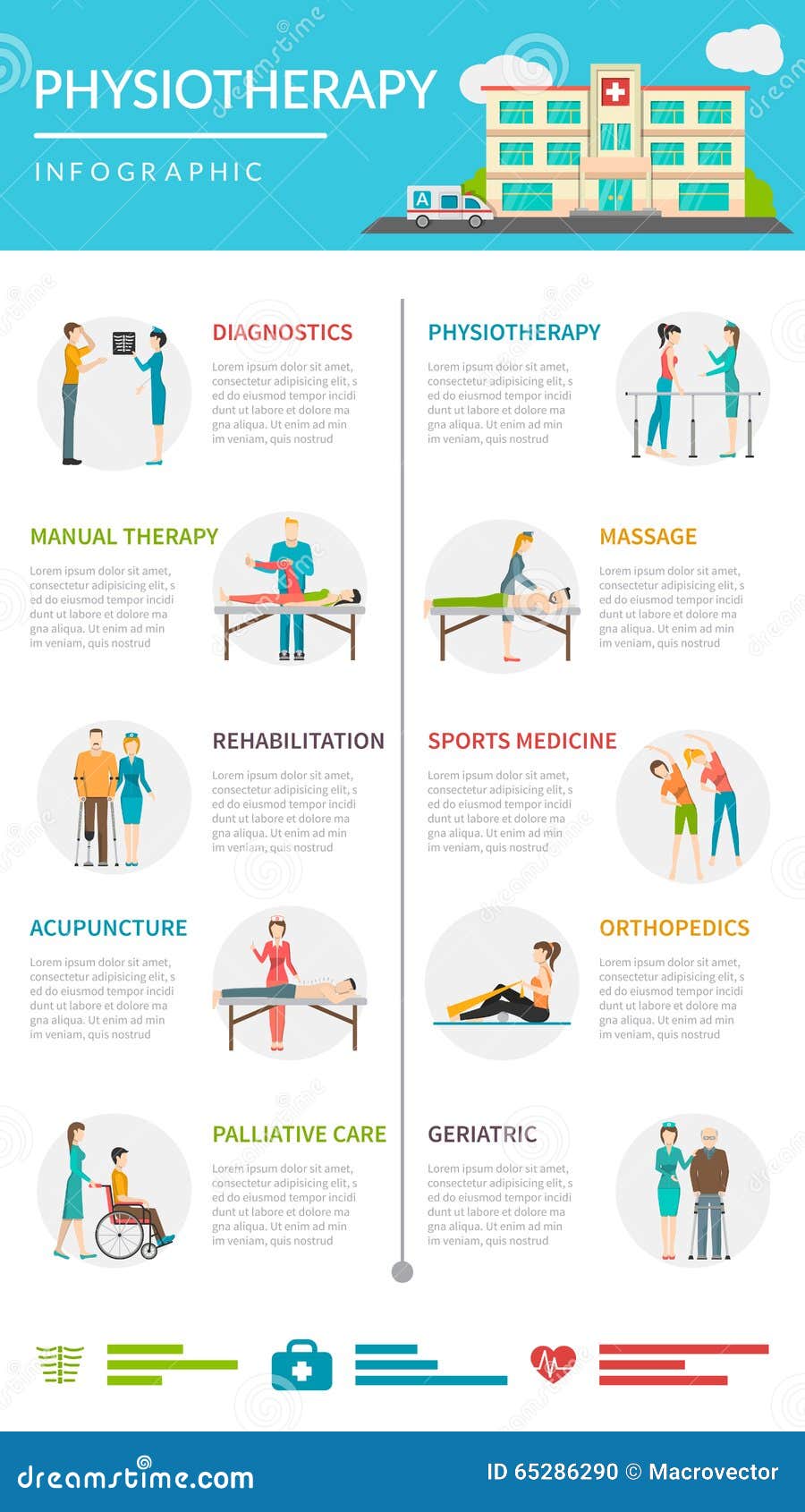Simply When You Assume Alleviation Is Near, Soft Tissue Therapy Exposes Its Uncomfortable Truths-- Find Why The Process Can Be Agonizing Yet Advantageous
Simply When You Assume Alleviation Is Near, Soft Tissue Therapy Exposes Its Uncomfortable Truths-- Find Why The Process Can Be Agonizing Yet Advantageous
Blog Article
Content Composed By-Waddell Thuesen
When you go through soft Tissue treatment, you may locate it surprisingly unpleasant. This discomfort occurs as stress is related to tense muscles and damaged tissues, causing your discomfort receptors. While it can really feel traumatic in the moment, there's a reason behind this sensation. Comprehending what happens in your body during these therapies can aid you appreciate the procedure. So, just what is going on beneath the surface?
The Physiology of Discomfort Throughout Soft Tissue Therapy
When you undertake soft Tissue treatment, your body's response to pain is an intricate interaction of physical procedures. As the specialist uses stress, your body turns on discomfort receptors, sending signals to your mind. This causes the release of natural chemicals, such as substance P and glutamate, which enhance the experience of discomfort.
Your muscles may likewise tense up in action, more making complex the experience. On top of that, your body may launch endorphins, natural medicines that can help minimize some discomfort.
The interaction in between these processes can develop an one-of-a-kind experience for every individual. Understanding this physical action aids you browse the feelings throughout treatment, enabling you to appreciate the balance in between pain and the potential for recovery advantages.
The Duty of Discomfort in the Recovery Process
Although discomfort during soft Tissue treatment can feel overwhelming, it plays a crucial duty in the healing process. When you experience discomfort, your body is signifying that it's working to repair broken cells. This reaction assists increase blood circulation to the damaged area, providing vital nutrients and oxygen required for recovery.
In https://www.chiroeco.com/injections/ , discomfort can advertise the launch of endorphins, your body's all-natural painkillers, creating a sense of relief post-treatment. Embracing this pain can assist you comprehend your body's restrictions and encourage you to attend to underlying problems.
While it's unpleasant now, this process is crucial for long-term recovery and improved feature. Identifying pain as an essential part of recovery can encourage you to stay dedicated to your therapy.
Tips for Managing Pain During and After Therapy
Taking care of pain during and after soft Tissue treatment can dramatically boost your overall experience and recuperation.
To start, interact openly with your specialist concerning your pain levels; they can readjust techniques accordingly. Using deep breathing methods can likewise help you kick back and ease discomfort.
Think about using ice to the treated area post-session to lower swelling and numb discomfort. Staying moisturized aids in the recovery procedure, so drink plenty of water.
Mild stretching and light movement after treatment can promote blood circulation and ease stiffness. Last but not least, guarantee you get sufficient remainder to allow your body to heal.
Applying these suggestions can make your soft Tissue treatment more manageable and pleasurable.
https://beckettwrlfz.blogrenanda.com/39288858/just-how-sports-massage-can-assist-alleviate-muscular-tissue-pain
To conclude, while soft Tissue therapy can be unpleasant, it's vital to recognize that this pain plays a crucial function in your recovery trip. By comprehending the physical actions at play, you can approach the therapy with an extra positive way of thinking. Remember, the first discomfort commonly paves the way to relief as your body releases endorphins. Embrace the procedure, and do not hesitate to use the tips for taking care of discomfort to enhance your experience and recuperation.
